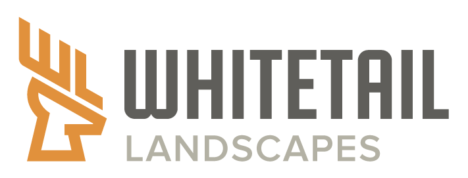
Data collection from a remote location can go a long way. That sometimes means sitting hours at end waiting in a tree, ground level or box blind waiting for that last light movement when the deer start to pile into a field hoping your intrusion will not be of negative consequence. But why not use technology to our advantage rather than spend hours afield. Trail cameras are sometimes the best and worst when it comes to collecting data. Setting up a camera in the correct location, orientating it appropriately, maybe hiding the camera or trying to deal with brush or lack of trees can be a frustrating event. All this consternation can impact the ability for the hunter to reach his or her goal of data collection. Our experience leads us to making simple changes when it comes to trail camera setup that should alleviate frustration.
Nowadays, most of us have no time (including me). As I write this article, I am looking at my cellular camera photos thinking how lucky is it that I do not have to trounce through the woods pulling SD cards. And frankly its taken a few lessons to realize camera setup is not likely to be perfect on the first try. After some trial and error over the years I learned what not to do. Today I am usually closer to perfect after the first camera pull, so reorienting the camera does not always occur. However, and even though I am more thought out today, camera location will change often and standard practices for my setups is key.
I used to enjoy retrieving SD cards, and actually I still do, but I am a bit lazier and have figured out it sometimes more bad than good entering the whitetail’s habitat. Although, when I have to retrieve an SD card or a non-cellular camera I do have gains, such as real-time localized data from tracks, etc. This entry and exit is likely to generate noise. Even more so, laying a scent trail in and out of the woods when retrieving the camera or card creates a big impact near locations that are not setup for non-intrusive access. Therefore, my choice of cellular cameras is most focused in spots that are difficult to access.
Some tips and tricks that seem to help camera setup… (1) place cameras most often in north orientations (this avoids sun shadows and direct exposure), (2) consider precipitation (especially snow) this may require more eastern or southern orientations, (3) hide cameras in settings where it is necessary (avoid vegetation impacting the cameras trigger beam or lens) , (4) elevation of cameras is a great option for field of view and limiting theft, (5) ensure the angle of aim is exact to the target and run some test shots to ensure the camera is correctly oriented (consider tree adapters or ground mounts), (6) if targeting far distances at night for camera surveys stay away from “blackout” cameras (preferably low glow infrared cameras) and ensure the camera has adequate distance reaching capability (7) use blackout cameras in areas that require limited intrusion or exposure and (8) do your research, cameras that make noise, are not reliable or have difficult to use will create a negative experience.
